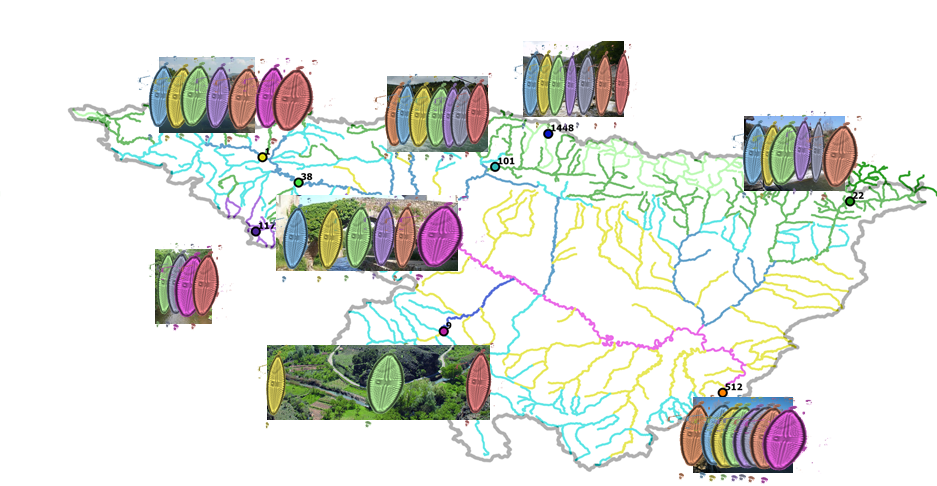Summary of the results of my first paper published in Diatom Research: https://doi.org/10.1080/0269249X.2020.1828175
Andrea M. Burfeid-Castellanos, Michael Kloster, Jaume Cambra & Bánk Beszteri (2020) Both hydrology and physicochemistry influence diatom morphometry, Diatom Research, DOI: 10.1080/0269249X.2020.1828175
Have you ever thought about whether diatom sizes can change according to nutrients? Hydrology surely should does, but what about those nutrients and other physicochemical aspects, which can modify diatom appearance (teratologies) and create new diatom compositions.

In our study published in Diatom Research (see here) shows that, as observed in bacteria, size distributions vary according to nutrient concentration. Width variation responded to conductivity and nitrate to a higher extent than hydrology. Surface-to-volume ratio responded to both physicochemistry and hydrology. Finally, volume, was mostly affected by total phosphate and hydrology.
Depending on diatom species, as shown in the article with Achnanthidium minutissimum (Kützing) Czarnecki and Navicula cryptotenella Lange-Bertalot, the responses diverged.
The combination of existing diatom repositories that result from methodical biomonitoring following the water framework directive and digital diatomology are helpful. They permit morphological data mining that can show temporal and response-based modification of diatom morphology.